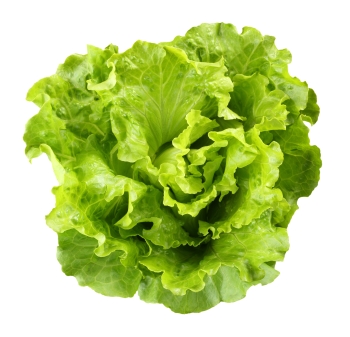Lettuce Guide: get the most out of your lettuce fertilizer
 Lettuce (Lactuca sativa), the popular leafy vegetable, originates from the Mediterranean region. It has been cultivated for over 4,500 years, with historical records showing its use even in ancient Egypt. Major cultivation areas include California and Arizona in the United States, Europe (notably Spain and Italy), and parts of Asia such as China.
Lettuce (Lactuca sativa), the popular leafy vegetable, originates from the Mediterranean region. It has been cultivated for over 4,500 years, with historical records showing its use even in ancient Egypt. Major cultivation areas include California and Arizona in the United States, Europe (notably Spain and Italy), and parts of Asia such as China.
Successful lettuce yields require careful planning of the crop’s nutrition and attentive monitoring throughout the growth season, with special attention given to the health of the leaves, the edible part of the crop.
Haifa's pioneering Nutri Haitech™ approach delivers complete nutritional solutions for precision agriculture. Designed to enhance the sustainability and efficiency of your operations, Nutri Haitech™ minimizes waste and pollution while boosting your lettuce yields.
Lettuce Crop Highlights
Temperature
Lettuce prefers temperate climates, thriving at temperatures between 15-18°C (60-65°F). It is sensitive to high heat, which can cause bolting and bitterness.
Calcium: prevent tip burn
This common disorder, manifested by necrosis of the margins of inner leaves, is caused by calcium deficiency, rapid growth, and inconsistent water supply. It can be prevented by an adequate supply of water and calcium and maintaining proper humidity.
Nitrate: beware of leaf toxicity
In low light conditions, nitrates tend to accumulate in leaves, reaching levels that must not be consumed by humans. To prevent this, nitrogen fertilization should balance nitrate and ammonium while also ensuring proper lighting.
Potassium: keep chlorosis away
Under conditions of potassium deficiency or when high levels of sodium in the soil or irrigation water interfere with potassium uptake, leaf edges tend to turn yellow (“marginal chlorosis”) and then brown (necrosis). To avoid this, monitor sodium levels in the irrigation water and soil solution throughout the season and make corrections whenever needed.
Magnesium & Iron for lush leaves
While magnesium deficiency causes interveinal yellowing in older leaves, iron deficiency causes the same disorder in young leaves. To keep the entire head in good shape, maintain well-balanced soil fertility and, importantly, proper pH levels to ensure the availability of metallic ions.
Get lettuce crop fertilization recommendations



